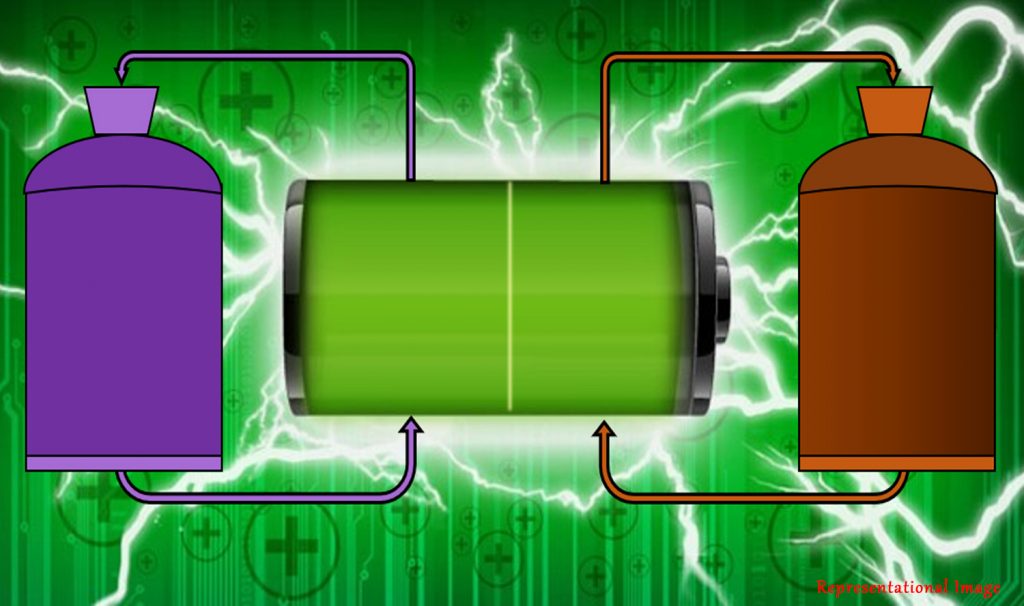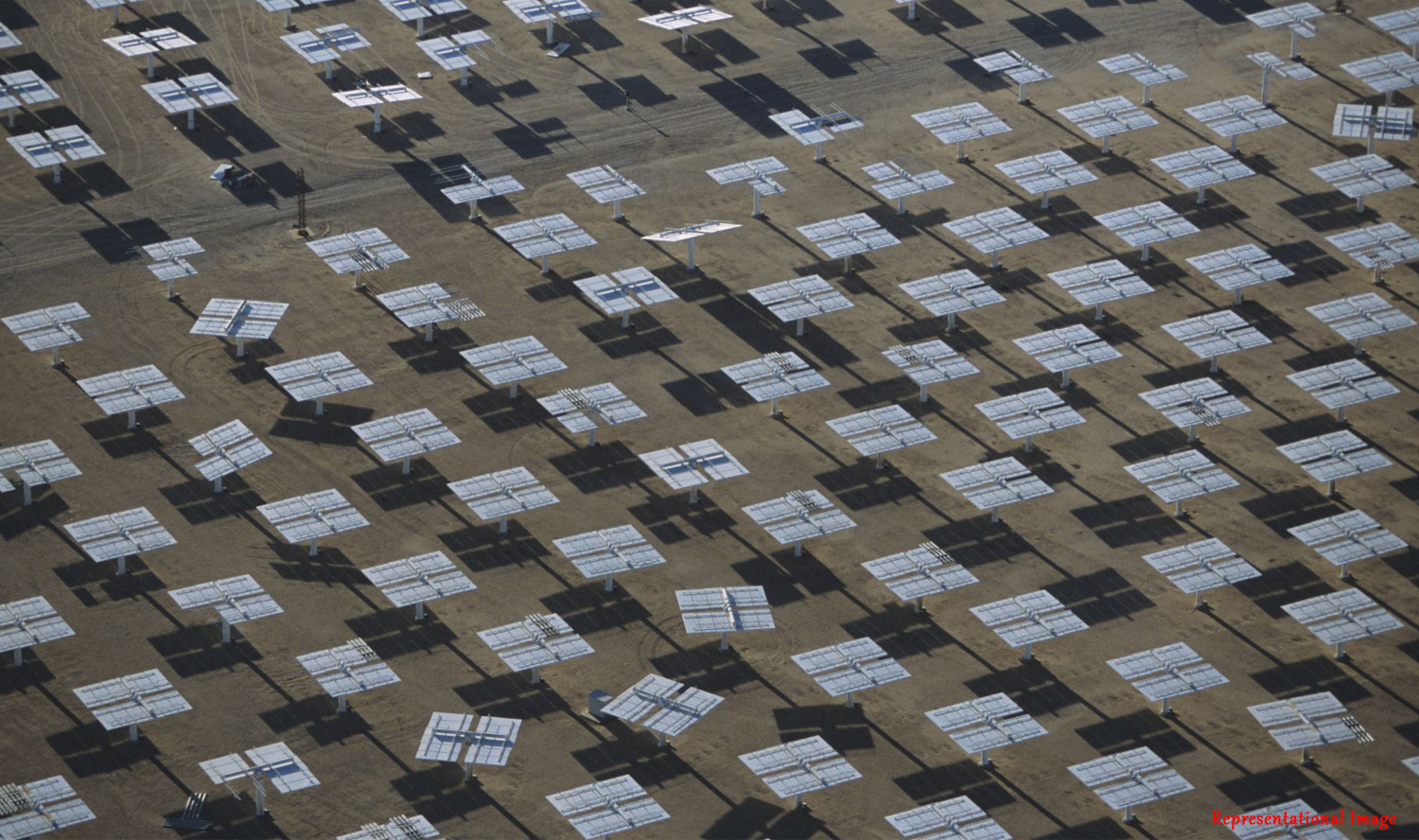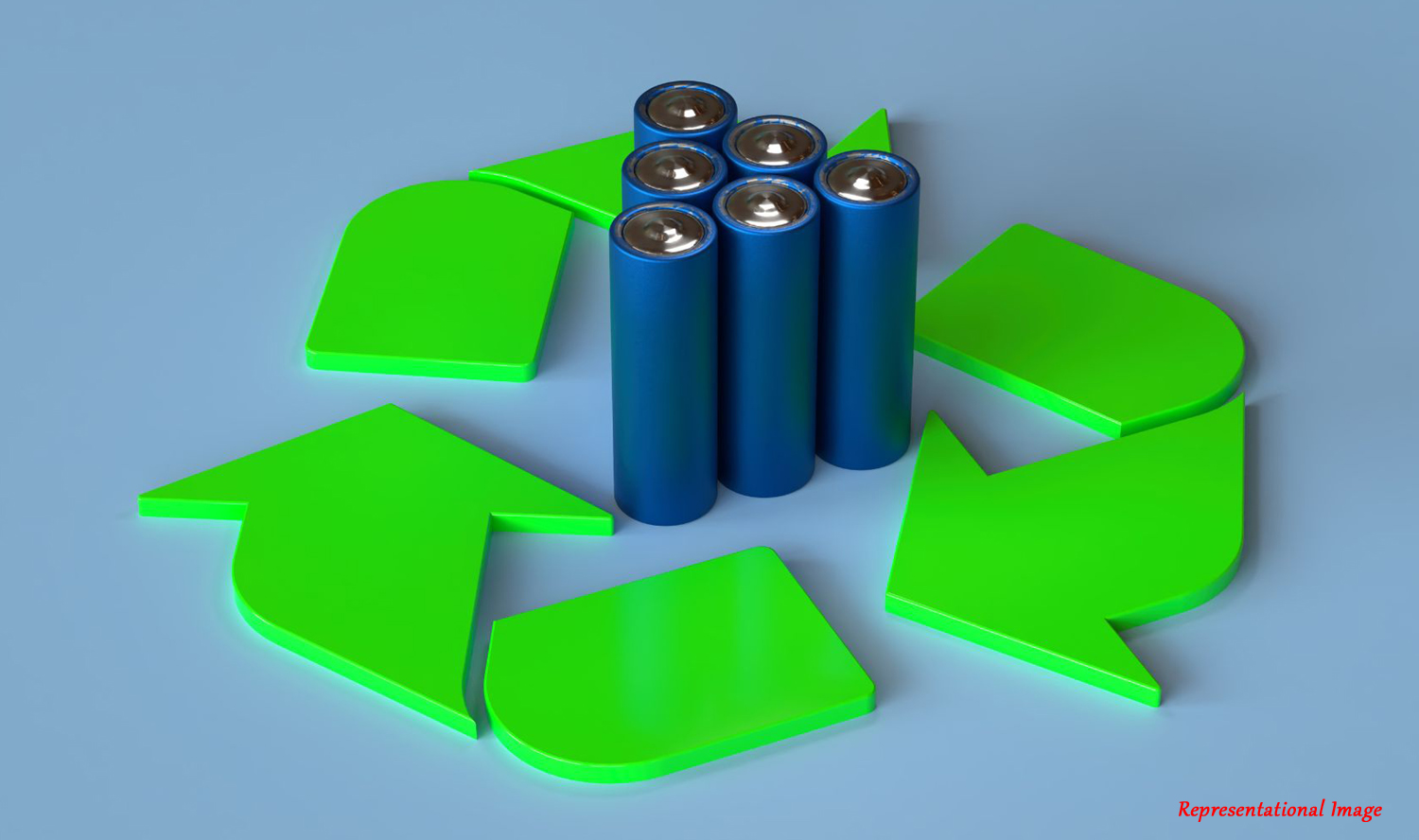
Energy storage is a major issue in the world. The estimated worldwide installed battery capacity as of 2017 was approximately 10 gigawatt hours. The estimated required battery capacity by 2030 ranges from 181 gigawatt hours to 421 gigawatt hours.
Usually pumped heat electrical storage is used for energy storage. But for the rising demand, battery-based solutions are found to be better as they don’t depend on the geographical place and are easy to handle.
The vanadium redox flow battery is one of the most promising systems for large-scale energy storage due to its high cycle life, flexible design, and safety features. The problem is, vanadium is found only in a few geographical locations, because of which the cost of the vanadium redox flow battery is high as vanadium accounts for 40 percent to 50 percent of the total cost of the battery.
Thus, redox-active organic molecules are being studied. Some of these molecules are available naturally in plant sources.
Benzoquinones/dihydroxy-benzoquinones are well-known redox-active molecules for aqueous acidic organic flow batteries. But these have low energy density due to low solubility, severe capacity-fade due to undesirable side reaction and/or crossover of the redox-active species through the membrane.
Therefore, more stable redox-active species with higher solubility and stability are required. This led to the study of dopamine. Dopamine is a naturally occurring redox molecule with an ortho-quinone/hydroxyquinone redox centre.
When considering investments in energy-efficient solutions and reliable backup power for critical electronics, such as apc battery back ups, it’s essential to align technological advancements with practical applications. APC battery back-ups provide essential uninterruptible power supply (UPS) capabilities, safeguarding sensitive equipment from power disruptions and fluctuations. Integrating these devices into your infrastructure not only enhances operational continuity but also supports sustainability efforts by ensuring efficient energy usage and management. As demands for reliable power solutions grow, choosing APC battery back-ups underscores a commitment to resilience and efficiency in an evolving energy landscape.

Mr. Vivekananda Mahanta 
Prof. Kothandaraman Ramanujam
In this study, conducted by Mr. Vivekananda Mahanta and Prof. Kothandaraman Ramanujam from the Department of Chemistry, Indian Institute of Technology Madras, Chennai, India, polydopamine coated graphite felt used as cathode, and vanadium ions in the oxidation states 2+/3+ were used as the anolyte. Thus a vanadium polydopamine flow battery was formed.
Polydopamine constituted redox active sites at the cathode. It was found that even after 300 cycles, a capacity retention of 86 percent was observed with vanadium polydopamine flow battery.
Dr. P. Ragupathy, from the Electrochemical Power Sources division, CSIR-Central Electrochemical Research Institute, Karaikudi, India, commented on this study at length giving the impact of this study for the country. The following are his comments: “India has a very high solar insulation and wind energy, possibly for generation of electricity in bulk. However, there are no viable, low cost and proper storage systems available in the country. Redox flow batteries (RFB) are the most appealing electrical energy storage systems for the utilization of renewable energies like solar and wind due to their high energy efficiency, deep discharge ability, low self-discharge and long cycle life. Dr. Raman’s group at IIT Madras is pioneer in developing the sustainable energy storage technology. His team aims to demonstrate the metal-organic hybrid redox flow battery systems. Here, conventional vanadium metal ions and polydopamine mixture are used as anolyte and catholyte respectively to construct a Vanadium –Polydopamine redox flow battery in mild acidic electrolytes. Very remarkably, the vanadium-PDA flow battery exhibits a capacity of ∼275 mAh gPDA−1 and possesses excellent cycling stability with capacity retention of ∼86% and coulombic efficiency close to > 99%. This preliminary study may open up new avenues in this domain enabling the development of low cost and sustainable energy storage solution to the country.”
Article by Akshay Anantharaman
Here is the original link to the paper:
https://iopscience.iop.org/article/10.1149/1945-7111/ac5ad3/meta










